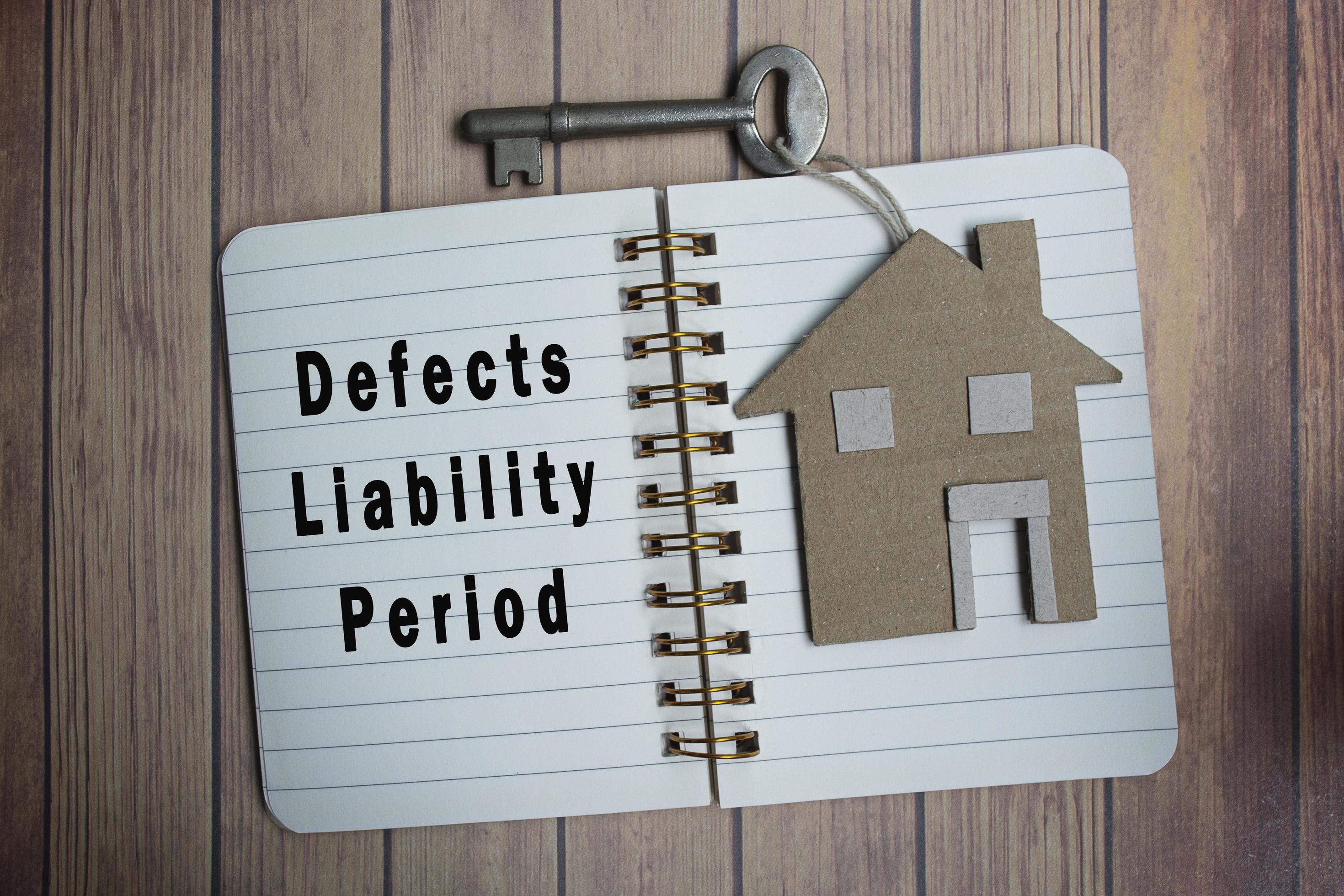What Does It Mean to Purchase Property on an “As is Where is” Basis?
This article explains the meaning, history, and legal implication of "as is where is clause" in the Option to Purchase, and how to protect your legal rights as a buyer
Let’s say you’ve found a particular property you want to purchase. After looking at the property and agreeing on a price, you’ve paid the option money to the seller and now receive their Option to Purchase (OTP). What an accomplishment!
You get back home, ready to celebrate with a glass of wine. While reading the OTP, you come across a paragraph that reads something like this:
“For the avoidance of doubt, the property is sold in its present state and condition on an “as is, where is” basis and Condition 10.1 of the Singapore Law Society’s Conditions of Sale 2020 is excluded and shall not apply to the sale and purchase of the Property and the Purchaser shall be deemed to be satisfied with the same.”
Now let’s extract Condition 10.1 from the Singapore Law Society’s Conditions of Sale 2020.
“The Vendor represents and warrants to the Purchaser that the Vendor has not carried out any unauthorised additions or alterations to the Property.”
You’re now confused. What does all this mean?
Table of Contents
History and Legal Implications of the “As Is Where Is” Clause
How to Protect Your Legal Rights as a Buyer?
History and Legal Implications of the “As Is Where Is” Clause
The “as is where is” clause comes from an old English legal doctrine commonly referred to as the “caveat emptor” rule. This rule has become part of Singapore law.
“Caveat emptor” in Latin means “let the buyer beware.” The entire principle places the risks of a transaction completely on the buyer. Therefore, the buyer has a duty to do his/her due diligence before deciding whether it makes sense to proceed with the transaction.
This means that if you are buying a property on an “as is where is” basis, you are buying it in its current condition, no matter what shape it’s in. As the one buying the property, you are deemed to have thoroughly inspected the property for any “defects of quality,” even if you haven’t done any inspections. As a result, it is deemed that you consider the property acceptable.
Defects of quality refer to the physical condition of the property. These defects are of two different types, patent or latent:
- Patent defects: These types of defect are discoverable if the buyer exercises normal vigilance when they inspect the property. For example, defects that can easily be noticed like holes in the walls and water leakage.
- Latent defects: These types of defects would probably not be discovered during an inspection, even when the buyer does exercise normal vigilance during his/her inspection. For example, hidden structural defects like a pillar with an internal crack.
The buyer bears all the risks when it comes to defects of quality and it doesn’t matter what type they are, patent or latent. If one or more defects of quality are found after you’ve already closed on the property, you will likely need to consult with a lawyer to find out what if any recourse you have against the seller.
If it appears that there is no recourse, you will probably have to live with the property the way it is until you can make the needed repairs.
What Happens if the Condition of the Property Worsens Between the Date the Option to Purchase was Signed and the Date of Completion?
The only time you really inspected the property was during the physical visits to the property i.e. during viewings. Now you’re worried that by the time the sale is completed several months later, the property will have deteriorated. What are your options? Is there any recourse you can exercise against the seller?
It all depends on what is spelled out in the terms of the OTP.
If the terms say that the seller is obligated to maintain the property in the same condition it was on the date the OTP was signed until the date the sale is completed, you will likely have legal recourse against the seller if the property is in materially different condition when it comes time to complete the sale.
But if your OTP does not say anything about this, the “as is where is” clause will be in effect. This means that you are obligated to accept the property “as is” and complete the sale, even if the condition of the property had deteriorated considerably since you signed the OTP.
On a positive note, many OTPs of today use a standardized form that incorporates the Law Society’s Conditions of Sale 2020. This is a series of terms and conditions that have been standardized with regard to the purchase and sale of property.
Condition 5.1 clearly states:
“On Completion, the Vendor must deliver the Property in the same state and condition as it was at the date of the option or the date of the contract, whichever is earlier, (save for fair wear and tear) unless otherwise agreed to by the parties.”
Condition 5.1 means that sellers have a legal obligation under the OTP contract to maintain the property, so that by the time of completion the property is in the same condition that it was on the date the OTP was signed, except for fair wear and tear.
If, once you take possession, you discover that the property’s condition has materially changed, you are within your rights to insist that the seller make the needed repairs. If the seller’s repairs are insufficient or the seller won’t make the necessary repairs, you have a right to commence legal proceedings to force the seller to compensate you accordingly.
However, before taking legal action you must determine whether you have sufficient evidence to prove how much the property deteriorated between the date of the OTP and the date of completion. Another consideration would have to be the expected costs of commencing legal proceedings and whether it would be worth the fight.
How to Protect Your Legal Rights as a Buyer?
To further safeguard your interests when buying property under “as is where is” conditions, follow these tips:
1. When negotiating your OTP, insist on inspecting the property a second time before completing the purchase.
In negotiations with the seller, try to get a clause in the OTP that makes completion of the sale subject to one more inspection of the property. If the seller agrees, you should find the most experienced contractors/property inspectors and have them do a thorough inspection of the entire structure and property.
At minimum, knowing that there will be a second inspection it would be unlikely that the seller would let the property deteriorate much from your initial viewing/inspection. This would especially be the case if you could negotiate for that inspection to occur near the closing date. Try to word the clause so that you reserve the right to postpone completion of the sale until the seller is able to turn the property over to you in a condition that you find acceptable.
2. Gather evidence in the form of videos and photos that clearly show the condition of the property during your inspection.
Take plenty of photos and video footage when you view/inspect the property. This way, should you have to start legal proceedings in an effort to enforce your rights, you’ll have some solid evidence to back up your claims. Unfortunately, these are not going to help if you later discover structural defects or damage that cannot be seen on the surface.
Disclaimer: The information provided in this article does not constitute legal advice. We recommend that you get the specific legal advice you need from an experienced attorney prior to taking any legal action. While we try our best to make sure that the information provided on our website is accurate, you take a risk by relying on it.
At Pinnacle Estate Agency, we strongly believe in sharing our real estate knowledge to the public. For more content like this article, check out our Singapore Property Guides.












